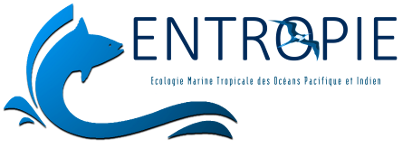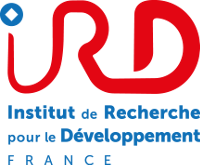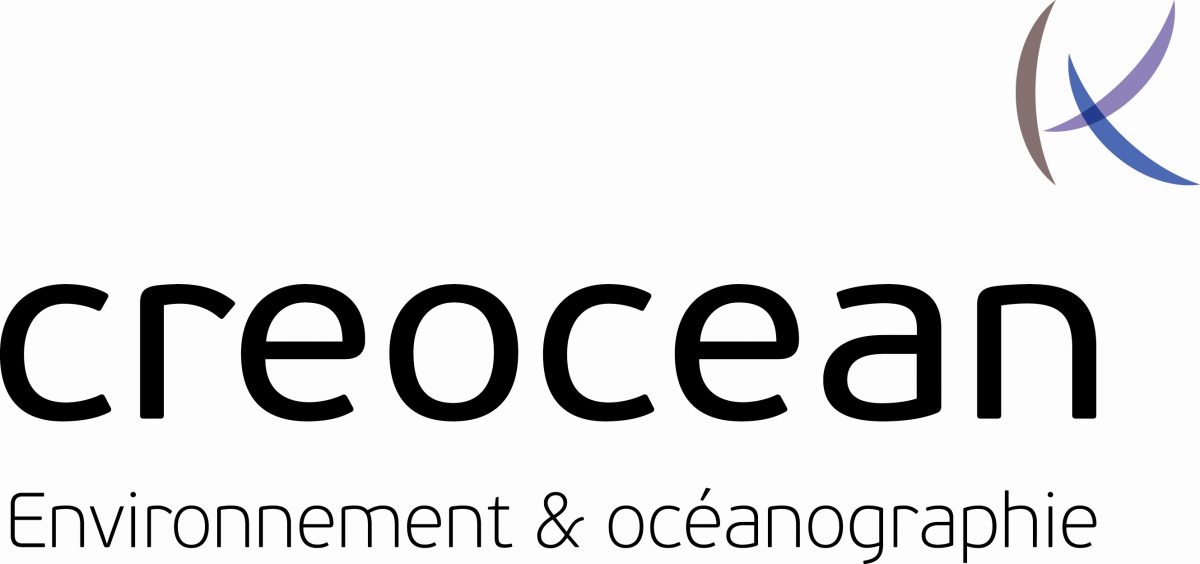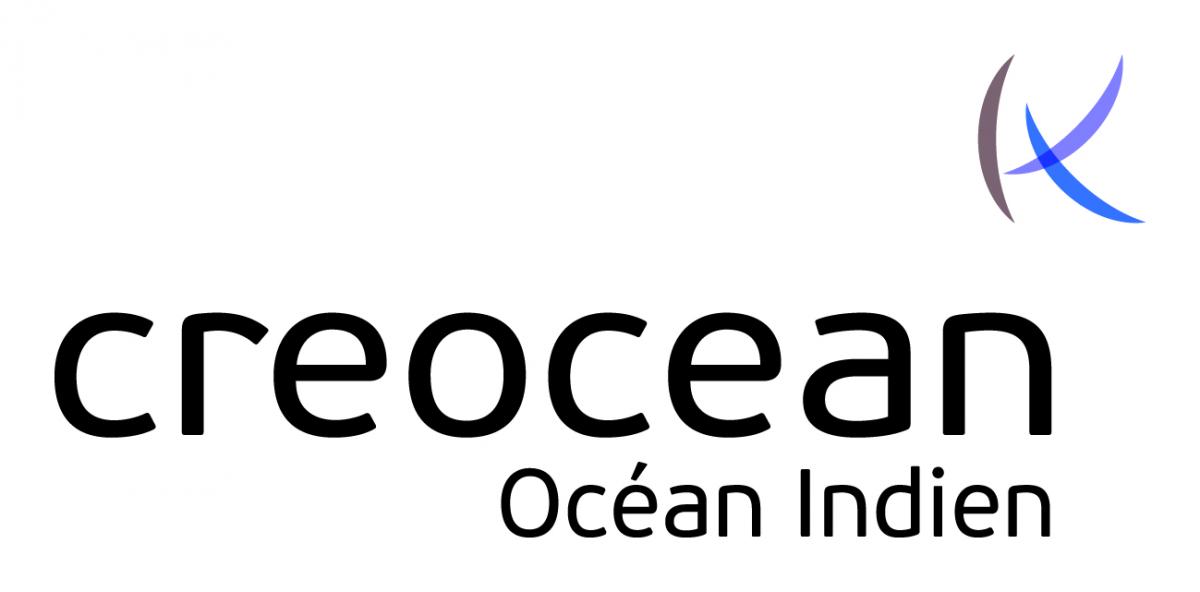Photogrammetry Project
NEW QUANTITATIVE INDICES FOR CORAL REEF MONITORING FROM 3D PHOTOGRAMMETRIC MODELING
SUMMARY OF THE PROJECT
In coral reefs, structural complexity (three-dimensional physical structure) is a fundamental characteristic. New technologies allow us to advance the study of these remarkable ecosystems. The main objective of the PhD project is to better understand the role of structural complexity of coral reefs in the structuring and dynamics of its benthic communities from the quantitative analysis of 3D models by photogrammetry. To achieve these objectives, the project is structured in three research axes:
AXIS 1 - Development of quantitative descriptors of physical characteristics of the habitat from 3D models
- Which descriptors from 3D models can accurately quantify the capacity and diversity of habitats at the scale of coral colonies?
- What are the most relevant descriptors to characterize the three-dimensional structure of habitats at the scale of reef landscapes and quantify its spatial and temporal variability?
AXIS 2 - Analysis of the links between the structural complexity of reef habitats and the structure and dynamics of benthic communities
- Do differences in habitat capacity and diversity between benthic landscapes explain the variability of biodiversity associated with these landscapes?
- To what extent are ecological processes driven by structural complexity?
AXIS 3 - Comparison of the 3D photogrammetric method with traditional methods
- What are the advantages and disadvantages of 3D methods for characterizing and monitoring benthic communities compared to traditional methods?
- How to improve and optimize this innovative 3D technique?
A transversal objective is proposed by the use of 3D models as effective communication supports. Indeed, the quality of the visual rendering of the models improves the accessibility of the results to managers, decision-makers and service providers and can be a major tool for education and public awareness.









